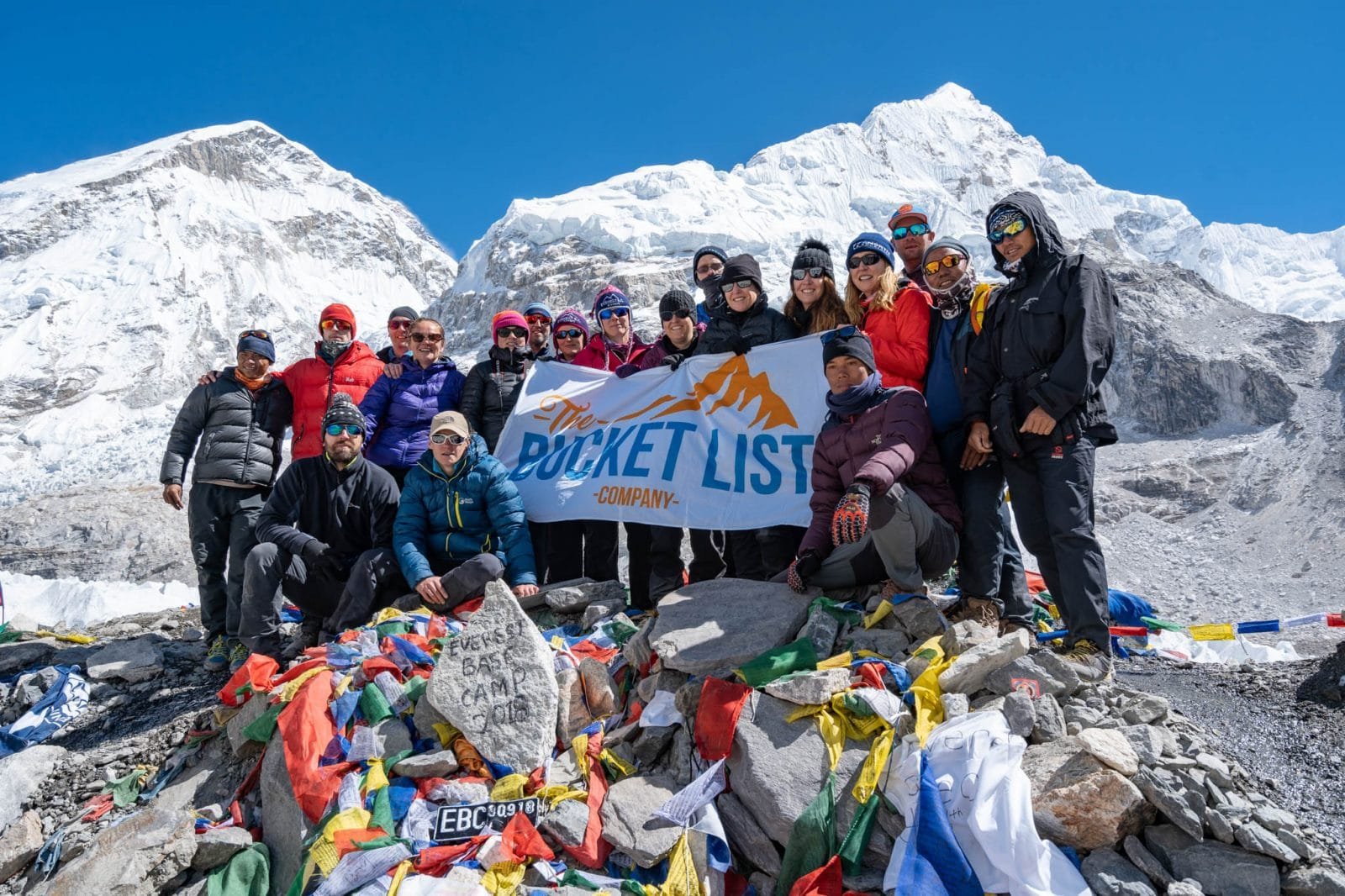Ascending Mount Everest, the world’s highest peak, is an exhilarating yet daunting endeavor. Along this treacherous journey, climbers establish base camps at strategic altitudes to acclimatize, rest, and prepare for the summit push. These base camps, particularly those located on the Nepali side of Everest, hold fascinating stories and unique challenges.

The main base camp on the Nepali side, known as Everest Base Camp (EBC), is situated at an elevation of 5,364 meters (17,598 feet) in the Khumbu region. This location offers breathtaking views of towering mountains, including Nuptse, Lhotse, and the formidable Khumbu Icefall. EBC serves as a temporary village during the climbing season, accommodating hundreds of climbers, support staff, and logistics teams.

Reaching EBC is an adventure in itself, involving a scenic trek through picturesque villages, lush forests, and rugged terrains. The route winds along the Dudh Kosi River and passes notable landmarks such as Namche Bazaar, Tengboche Monastery, and Gorak Shep. The journey typically takes around 10-12 days, allowing trekkers to acclimatize gradually to the high altitude.

Life at EBC is a blend of camaraderie and resilience. Climbers from diverse backgrounds and nationalities come together, sharing experiences, strategies, and aspirations. Despite the common goal of reaching the summit, each team operates independently, meticulously planning their ascent and managing their resources.
The days at EBC are typically filled with preparations, briefings, and equipment checks. Climbers meticulously organize their gear, pack supplies for upcoming rotations, and receive weather updates from meteorological experts. They also engage in acclimatization hikes and practice using technical climbing equipment.
Evenings at EBC offer a sense of community and shared purpose. Climbers gather in dining tents, exchanging stories, singing songs, and enjoying warm meals prepared by dedicated kitchen staff. These shared moments foster a sense of camaraderie and help climbers cope with the physical and mental challenges that lie ahead.
However, life at EBC is not without its risks. The high altitude poses significant health concerns, including altitude sickness, frostbite, and pulmonary edema. Climbers must be constantly vigilant, monitoring their physical condition and taking necessary precautions.
Additionally, the unpredictable weather conditions on Everest can disrupt climbing plans and lead to hazardous situations. Sudden storms, high winds, and avalanches can force climbers to hunker down in their tents, waiting for safe passage to resume their ascent.
Despite the challenges, EBC remains a symbol of resilience, determination, and the pursuit of human limits. It is a place where dreams are forged and tested, where climbers confront their fears and strive for greatness. The stories and experiences shared at EBC create a lasting bond among those who have ventured into the realm of the world’s highest mountain.